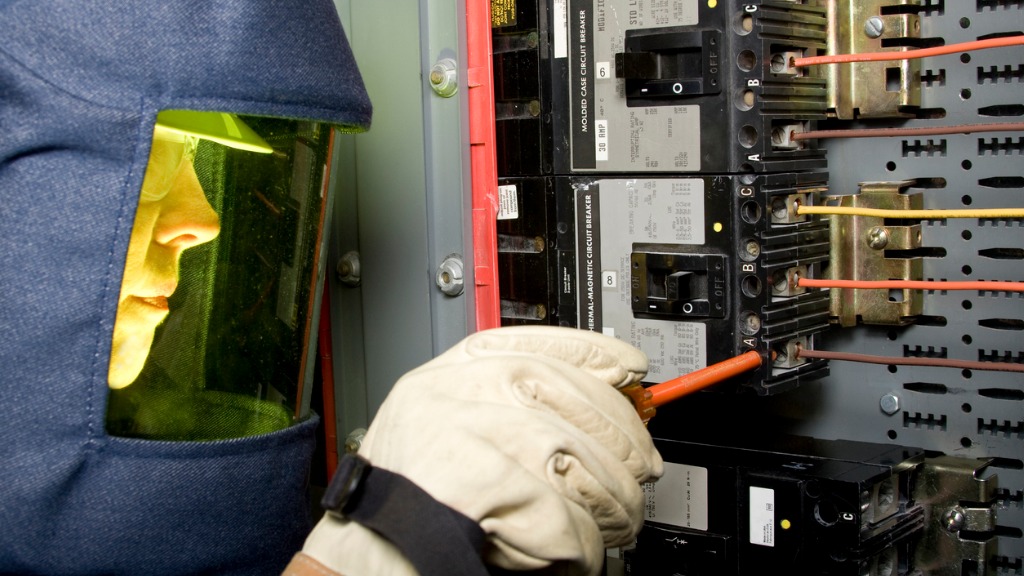Texas, known for its vast energy sector, has been grappling with a series of issues in its electrical services over the years, and 2025 promises to be no different. A growing population, climate volatility, and an aging grid have all contributed to rising costs and persistent challenges for the state’s power systems. Here, we examine the critical issues facing Texas’s electrical service and the associated costs in 2025.
1. Grid Reliability and Infrastructure Overhaul
Texas’ electricity grid has long operated independently from the rest of the United States. While this independence offers certain benefits, it has also led to vulnerabilities that were highlighted by the devastating February 2021 winter storm. In 2025, the state continues to face the consequences of an aging power grid and its inability to handle extreme weather events.
Costs:
- Investment in Upgrades: To improve reliability, Texas has been pouring resources into modernizing the grid, with the cost of these upgrades running into billions of dollars. The Texas Public Utility Commission estimates that ensuring grid reliability could cost anywhere from $3 billion to $5 billion over the next decade.
- Energy Shortages: Inadequate grid capacity can lead to blackouts or energy rationing, potentially causing lost productivity and business downtime. This has a direct economic impact, with the potential cost of rolling blackouts potentially reaching billions of dollars.
2. Renewable Energy Integration
Texas leads the nation in wind energy production, and its solar capacity has grown steadily. However, the state has faced challenges in integrating these renewable sources into the grid efficiently. The intermittent nature of wind and solar power, combined with inadequate storage technologies, means that excess energy is wasted during peak production times, and power shortages can occur during periods of low production.
Costs:
- Storage Investment: A significant portion of future electrical service costs will involve investments in energy storage solutions like batteries. These technologies are essential to balancing supply and demand. The cost of large-scale energy storage systems could rise to $10 billion to $20 billion over the next 5 years.
- Increased Energy Prices: As more renewable energy is incorporated into the grid, power prices may fluctuate, especially when demand outpaces supply. Households and businesses may experience higher electricity bills due to the increased cost of maintaining backup systems or alternative power generation.
3. Rising Demand for Power
Texas’ population growth continues to outpace national averages, placing additional strain on the state’s energy infrastructure. As more people move to the state and more industries expand, the demand for electricity increases, particularly in the summer months when air conditioning use skyrockets.
Costs:
- Rate Increases: To accommodate rising demand, utility companies may increase electricity rates. Texas residents may see average increases of 5-10% in their electricity bills by 2025.
- Expansion of Power Plants: New power plants, both renewable and traditional, will be required to meet demand. Building new infrastructure comes with a high price tag. For example, constructing a natural gas plant could cost upwards of $1 billion, while large-scale renewable plants also require significant investments in infrastructure.
4. Regulatory and Environmental Compliance
Texas faces increasing pressure to balance energy production with environmental concerns. The state’s government has pushed for more sustainable energy solutions, but federal and local regulations could also impose stricter compliance standards for emissions, waste management, and water usage. In response, utilities may need to adjust their practices, investing in cleaner technologies and more efficient systems.
Costs:
- Compliance Costs: Meeting stricter environmental standards will require significant capital investments. These costs will be passed down to consumers in the form of higher rates or fees. Utility companies could spend an additional $2 billion to $4 billion annually in compliance-related investments.
- Penalties for Non-compliance: Companies failing to meet new standards could face penalties. The cost of non-compliance may run into hundreds of millions of dollars annually.
5. Cybersecurity Risks
As the digitalization of the electrical grid accelerates, Texas faces growing cybersecurity threats. Hackers targeting power systems could cause significant disruptions, as evidenced by multiple cyberattacks on utilities in recent years. In 2025, the state will need to invest heavily in protecting its grid from these threats.
Costs:
- Cybersecurity Investments: Protecting the grid from cyberattacks will require ongoing investment in technology and training. Utilities could spend $200 million to $500 million annually on cybersecurity measures.
- Disruption Costs: A successful attack could lead to blackouts, compromising business operations and causing extensive economic losses. The financial toll from a major cyberattack could exceed $1 billion, considering lost productivity, repairs, and legal costs.
6. Environmental and Natural Disaster Resilience
The state’s susceptibility to natural disasters, such as hurricanes, floods, and wildfires, continues to increase. These events can cause widespread power outages, particularly in rural and coastal areas. While the state has taken measures to improve the resiliency of the electrical grid, the cost of rebuilding after a disaster remains high.
Costs:
- Post-Disaster Restoration: After major natural disasters, restoring electrical services is a lengthy and expensive process. Rebuilding power infrastructure in affected areas can cost anywhere between $2 billion and $10 billion, depending on the extent of the damage.
- Insurance Premiums: Utilities may also face higher insurance premiums due to the increasing risk of natural disasters. These increased premiums could result in higher electricity prices for consumers.
Conclusion
In 2025, electrical service in Texas faces a series of significant challenges, ranging from grid reliability and renewable energy integration to rising demand and cybersecurity risks. These issues will not only result in substantial financial investments from utility companies and the state but will also place a burden on residents and businesses through higher electricity rates and possible service interruptions. However, with the right investments in infrastructure, technology, and regulatory frameworks, Texas can overcome these hurdles and continue to grow as a leader in energy production and consumption.

